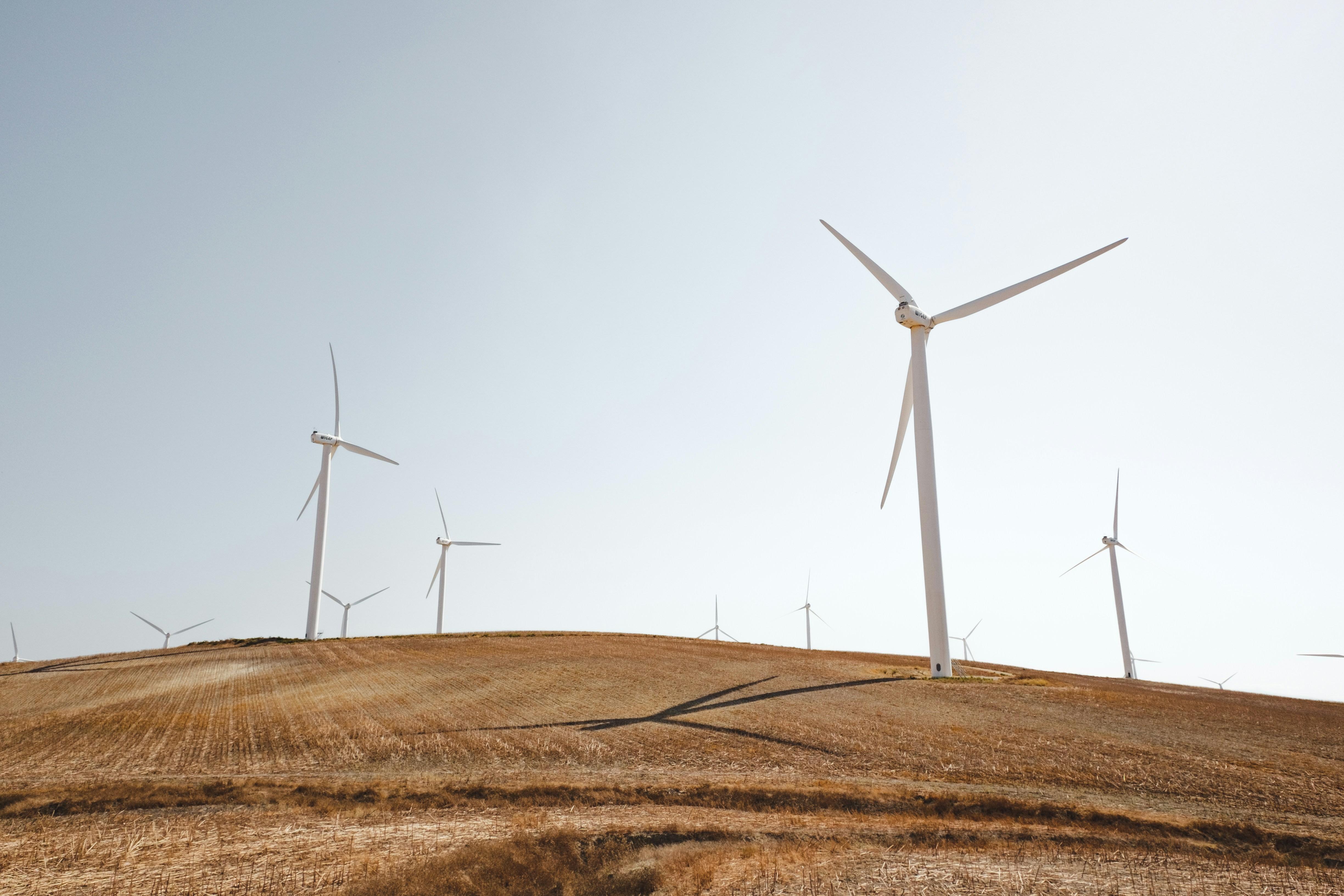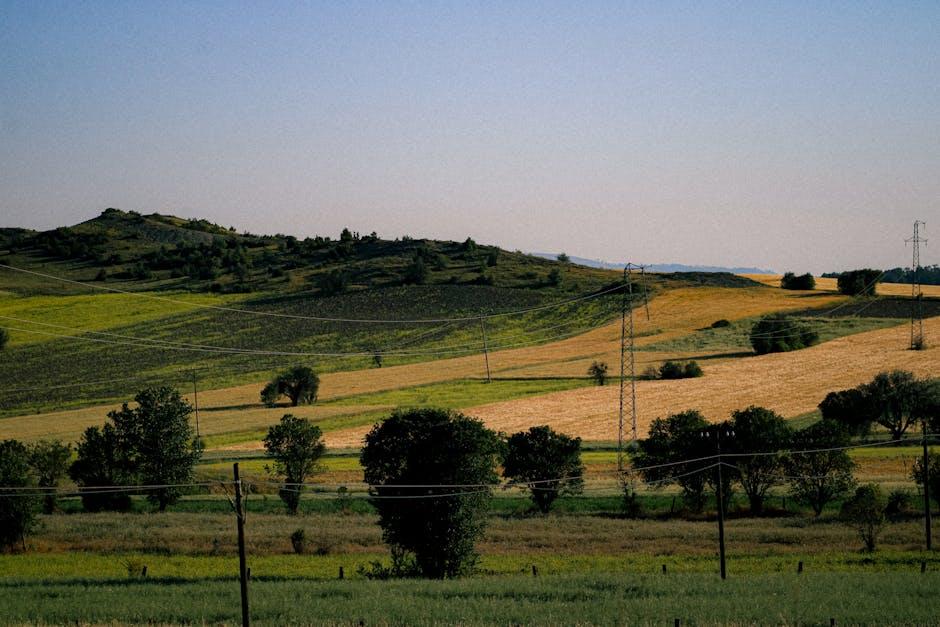In a world where the sun not only rises but also fuels the promise of a sustainable future, the marriage of solar energy and agriculture is poised to redefine how we cultivate our land. As the global population swells and the demand for food intensifies, traditional farming faces unprecedented challenges. Enter solar energy-integrated agriculture—a pioneering approach that harnesses the power of the sun to transform fields into thriving ecosystems of efficiency and innovation. This symbiotic relationship between technology and nature offers a glimpse into a future where energy and agriculture coexist harmoniously, nurturing both crops and communities. Join us as we explore the burgeoning landscape of solar-powered farming, where every sunbeam becomes a catalyst for growth and every harvest tells a story of sustainable ingenuity.
Harnessing Sunlight: Revolutionizing Agricultural Practices
In the quest to meet the ever-growing food demands while maintaining environmental sustainability, the integration of solar energy into agriculture is emerging as a game-changer. By embedding photovoltaic panels directly onto farm structures or even integrating them into fields, farmers can simultaneously harness sunlight for energy and crop growth. This innovative approach not only reduces dependency on traditional energy sources but also optimizes land use, making it possible to generate electricity and cultivate crops in tandem.
Key benefits of solar energy-integrated agriculture include:
- Reduced Energy Costs: By generating their own electricity, farmers can significantly cut down on energy expenses.
- Increased Crop Yields: The strategic placement of solar panels can provide partial shading, helping to protect sensitive crops from excessive heat.
- Environmental Impact: This method reduces carbon footprints, contributing to more sustainable farming practices.
- Water Conservation: The shade provided by panels can reduce water evaporation, preserving vital resources.
As these systems become more accessible, they pave the way for a more resilient and self-sufficient agricultural sector, poised to thrive in a world where environmental consciousness is paramount.
Maximizing Yield: Innovations in Solar-Powered Farming
In the evolving landscape of agriculture, harnessing solar energy has emerged as a transformative approach to enhance crop productivity while promoting sustainability. Farmers are now integrating innovative solar technologies to maximize their yield, benefiting both their operations and the environment. Solar panels can be strategically placed over fields, not only to generate electricity but also to create microclimates that protect crops from extreme weather conditions. This dual-purpose setup, known as agrivoltaics, allows for the optimization of land use by producing food and energy simultaneously.
Key innovations in this field include:
- Dynamic solar panel systems that adjust their angle based on the sun’s position, ensuring maximum sunlight capture and shade management.
- Smart irrigation systems powered by solar energy, which monitor soil moisture and weather conditions to optimize water usage.
- Energy storage solutions that store surplus solar power, providing a reliable energy source during cloudy days or at night.
- Solar-powered drones for crop monitoring and health assessment, offering farmers precise data for making informed decisions.
By embracing these advancements, the agricultural sector can significantly boost efficiency, reduce carbon footprints, and contribute to a more sustainable future.

Sustainable Solutions: Balancing Energy and Food Production
In the quest to harmonize energy and food production, the innovative fusion of solar energy with agriculture has emerged as a beacon of hope. This transformative approach, often referred to as agrivoltaics, allows for the simultaneous harnessing of solar power and cultivation of crops. By strategically positioning solar panels above farmland, it not only generates clean energy but also provides a microclimate that can reduce water evaporation and shield plants from extreme weather conditions. The symbiotic relationship between solar arrays and agriculture can lead to increased land-use efficiency, a critical factor as arable land becomes increasingly scarce.
Benefits of Solar Energy-Integrated Agriculture:
– Enhanced Land Productivity: Dual-use of land maximizes output, offering energy and food from the same acreage.
– Climate Resilience: Provides a buffer against adverse weather, protecting crops while generating power.
– Water Conservation: Reduced evaporation under solar panels means less irrigation is required.
– Economic Opportunities: Farmers can benefit from energy sales, diversifying their income sources.
– Biodiversity Boost: The shade and microhabitats created can foster biodiversity, supporting pollinators and other beneficial species.

Empowering Farmers: Policy Recommendations for Solar Integration
To unlock the potential of solar energy in agriculture, it is crucial to develop policies that provide comprehensive support to farmers. Governments should focus on creating incentive programs that reduce the initial costs of solar panel installations. This could include subsidies, tax credits, and low-interest loans specifically tailored for the agricultural sector. Moreover, establishing clear guidelines and streamlining the permit process can significantly lower the barriers to entry for farmers looking to adopt solar technologies.
- Develop training programs to educate farmers on the benefits and maintenance of solar systems.
- Encourage partnerships between solar companies and agricultural cooperatives to facilitate easier access to technology.
- Implement feed-in tariffs that allow farmers to sell excess solar energy back to the grid, providing an additional revenue stream.
- Promote research into crop compatibility and solar panel efficiency to maximize land use.
By fostering an environment where solar and agriculture can thrive together, we not only enhance the sustainability of farming practices but also contribute to a greener future. It is essential that these policies are adaptable, taking into account the diverse needs of farmers across different regions.
Key Takeaways
As we stand on the precipice of a new era in sustainable farming, the integration of solar energy into agriculture presents both a challenge and an opportunity. The marriage of these two vital sectors promises a future where our fields are not just fertile but also future-ready, capturing the sun’s abundant energy to nurture the crops below. As we continue to innovate and explore the potential of solar energy-integrated agriculture, we must tread thoughtfully, balancing technological advancements with environmental stewardship. In doing so, we pave the way for a resilient agricultural landscape that not only feeds our growing population but also contributes to a healthier planet. The horizon is bright, and with every solar panel installed, we move closer to a harmonious blend of tradition and technology. Let us look forward with cautious optimism and unwavering commitment to cultivating a sustainable tomorrow.

































